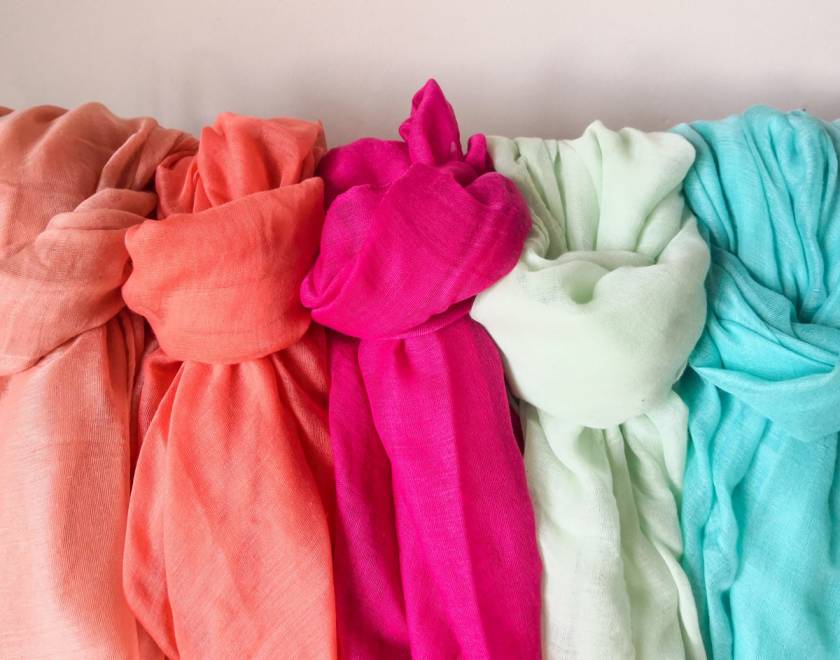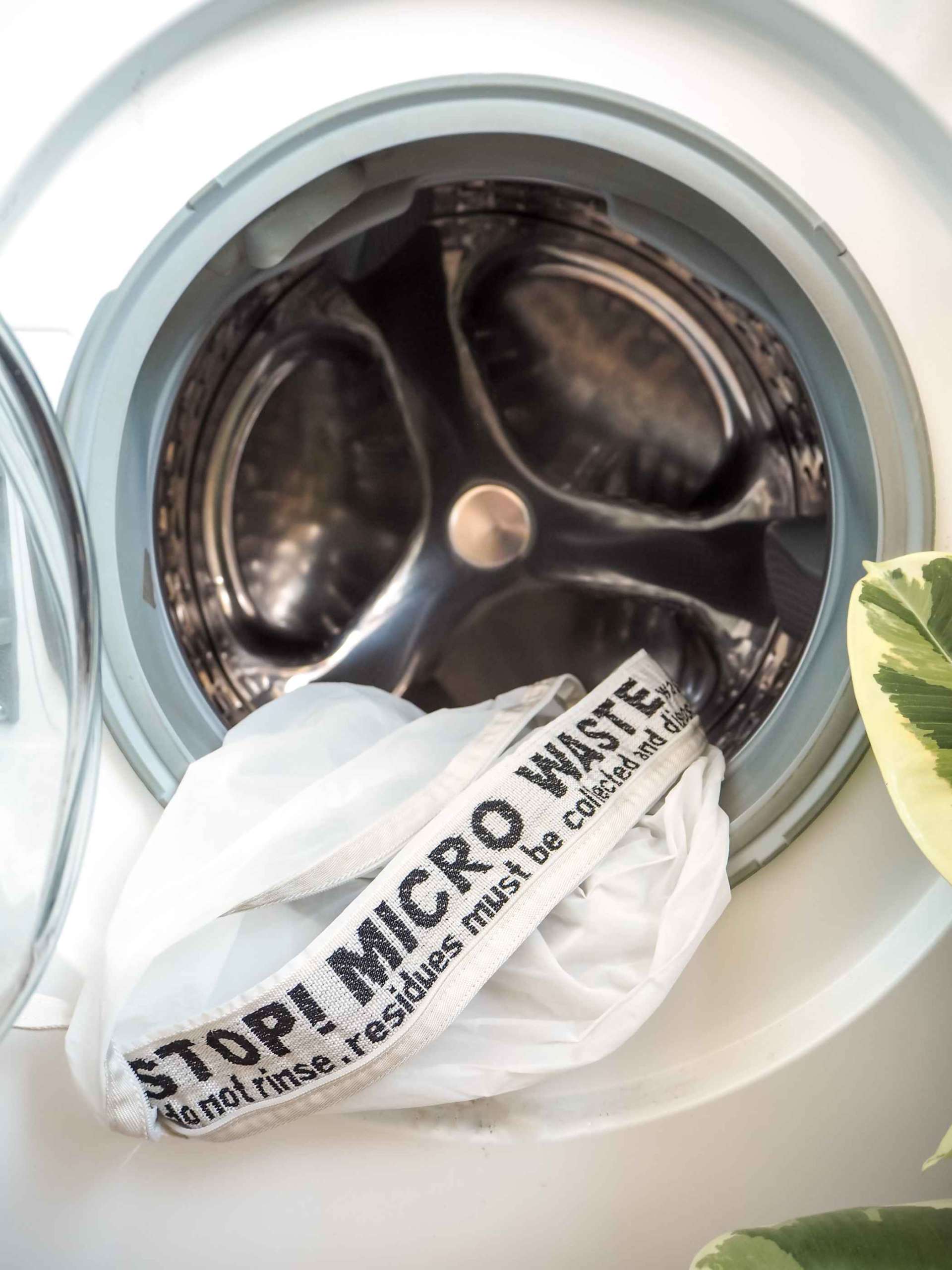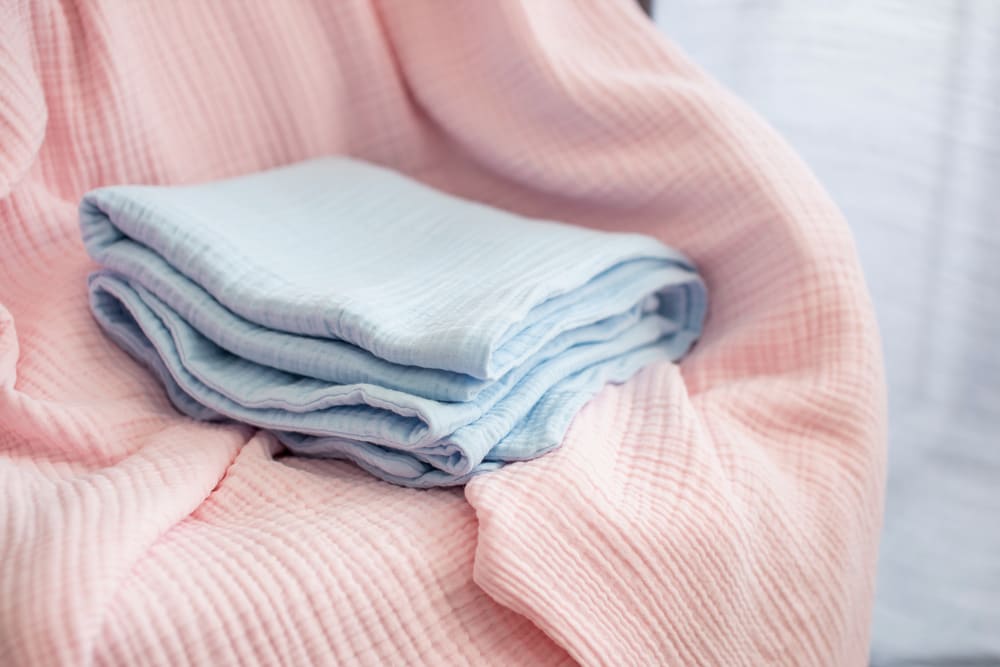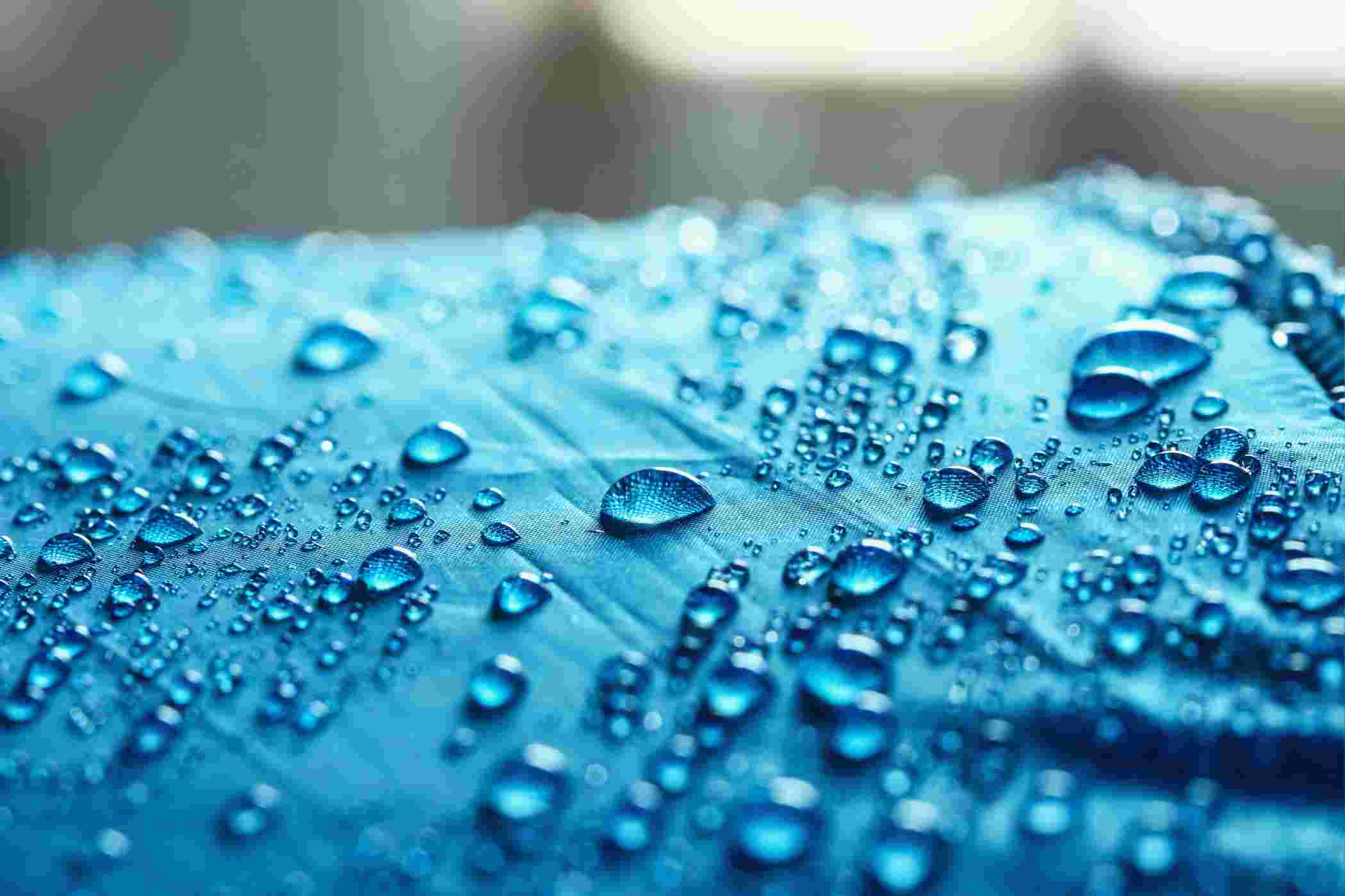Viscose - origin, types, care tips, major importers and exporters, uses, environmental impact



| Fabric name | VISCOSE |
| Fabric also called | RAYON |
| Breathability | HIGH |
| Moisture wicking ability | HIGH |
| Major Producers and Exporters | China, India, Pakistan, Europe |
| Uses | Clothing, household items, industrial belts, silk alternatives |
ORIGIN
Viscose also known as rayon is a fabric made up of wood cellulose and synthetic substances. The name of this substance comes from the process that's used to make it: at one stage, rayon is a viscous, honey-like liquid that later settles into a solid form.

The Viscose fabric is durable and soft to the touch, and it's one of the world's most famous textiles because of high fabric breathability and very high moisture wicking abilities.
A French scientist and industrialist invented the first commercial viscose fiber. The initial experiments concluded with a solution that was hazardous because the fabric was highly flammable. Later, the process was redeveloped by the German company Bemberg. In 1892, three Great Britain scientists patented the production process and finally by 1905 viscose was in the market.
STEP-BY-STEP PRODUCTION OF VISCOSE
The cellulose used for the production of viscose is derived from a variety of trees, mostly those trees that are fast-growing and regenerative, such as pine and eucalyptus as well as plants such as bamboo, sugar cane, and soy. The fabric is classified as semi-synthetic because natural sources of production are limited to the beginning of the process which is then followed by a highly polluting manufacturing procedure. The process to make viscose is summarized in the following 4 steps:
1. The cellulose obtained is dissolved in carbon disulfide to produce a substance like a brown wood pulp solution. Carbon disulfide turns the wood pulp into a cellulose xanthate.
2. The solution is then spun into fibers that can be made into threads. Chemicals are utilized once again to create the solution referred to as “viscose”.
3. The machine used to create filaments is called a spinneret. The viscous solution is turned into a regenerated cellulose.
4. The regenerated cellulose can then be woven or knitted into viscose fabric.
The fabric has high moisture wicking ability, high breathability and can retain heat to some extent. It's soft texture has made it a preferable alternative for cotton.
TYPES OF VISCOSE
Viscose is manufactured in multiple ways, and each production method results in a different type of fabric. The different types of viscose fabrics are listed below.

Nitrocellulose
This is the first type of viscose first developed in 1855 under the name "artificial silk," and it went into commercial production in 1891. Nitrocellulose rayon was highly flammable and was expensive to produce, therefore, production of this type of rayon ceased in the early 1900s.
Acetate
Acetate was previously referred to as rayon, because both the fabrics are made from cellulose. Production of acetate fabric ceased decades ago because rayon proved to be stronger than acetate.
Cuprammonium rayon
Earlier manufacturers started using cuprammonium rayon for textiles. With the advent of new rayon production methods, manufacture of cuprammonium rayon ceased.
Lyocell
Lyocell is in reality chemically different from rayon. However, these two substances are nearly identical in both feel and durability, lyocell is commonly considered to be a type of rayon.
Modal
This type of viscose is produced with spinning reconstituted cellulose derived from trees. Modal viscose/rayon pills less than cotton and is stronger and more tensile than normal viscose, and it is frequently used in combination with cotton and spandex to make household and apparel items.
MAJOR IMPORTERS AND EXPORTERS
VIscose was first produced in the United Kingdom and earlier, it used to be made in the United Kingdom and the United States, but now the production of this fabric has largely moved beyond the seas. Nowadays, China is the biggest producer of viscose but it is also manufactured in countries like India, Pakistan, and Indonesia.
USES OF VISCOSE IN CLOTHING INDUSTRY

Use of viscose is common in the garment industry. The most common apparels made from it include viscose dresses, viscose shirts, viscose t-shirts and sometimes it is also used in the automotive industry in making belts and tire components. It's very often used as a substitute for cotton due to its soft texture.
ENVIRONMENTAL IMPACT
A large number of chemicals are used in the production of viscose and sodium hydroxide, which pollutes waterways and reduces air quality. It is hard to dispose off these substances the right way once the manufacturing process is accomplished. Carbon disulfide is another intrinsic part of the production process, which causes harmful effects in humans such as birth defects, cancer, skin condition, and cardiovascular disease. Viscose production has hazardous effects on flora and fauna as well. Plant and animal life are harmed by the production of this fabric. The production of rayon depletes forests at a rapid rate.



















